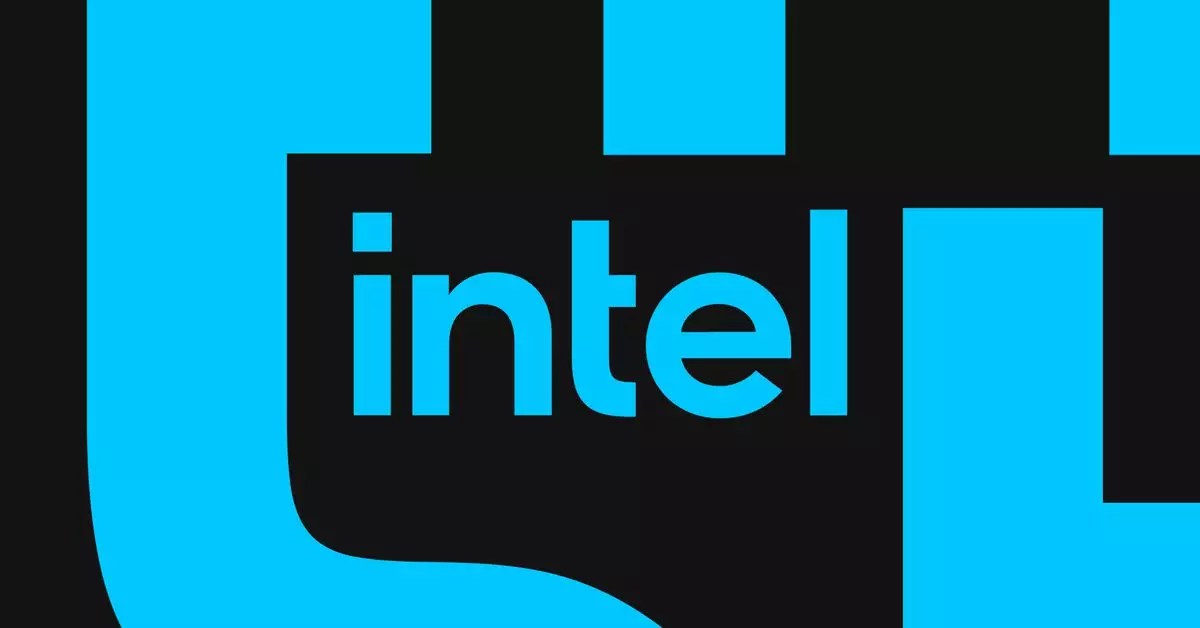In a dramatic strategic shift aimed at revitalizing its beleaguered operations, Intel has announced a significant restructuring of its business model. This move comes on the heels of persistent financial losses and declining stock prices, factors that have raised alarms about the company’s future in a fiercely competitive semiconductor landscape. As part of this overhaul, Intel’s chipmaking division will be rebranded as the Intel Foundry, which will operate as an independent entity. This critical change, articulated by CEO Pat Gelsinger, is designed to provide the foundry a “clearer separation and independence” from the Intel Corporation itself, allowing it to address market demands more effectively.
The announcement brought with it a host of operational adjustments as well. Intel confirmed a halt to its construction projects in Poland and Germany for at least two years. This decision appears to prioritize immediate fiscal responsibility in response to anticipated market demand, rather than expanding operations unproductively. Conversely, Intel will continue to invest in its existing facilities in Arizona, Oregon, New Mexico, and Ohio, emphasizing its commitment to strengthening its domestic manufacturing capabilities—an aspect particularly underscored by President Biden’s administration with its award of up to $3 billion in funding to support military chip production.
In tandem with these construction updates, Intel has also made the tough choice to divest part of its investment in Altera, a programmable chip firm acquired in 2015. Such divestitures and the planned reduction of approximately two-thirds of its global real estate footprint indicate a decisive pivot toward optimizing Intel’s financial health and focusing on core operations.
The restructuring announcement comes in the wake of harrowing financial news; notably, Intel reported an operating loss of $7 billion from its chipmaking business in 2023. These figures have not only raised eyebrows within the investment community but have also led to significant layoffs, affecting around 15,000 employees. As Gelsinger noted, Intel is “more than halfway” through its workforce reduction program, a necessary but painful step aimed at rectifying the company’s financial trajectory.
Nonetheless, Gelsinger remains optimistic about the transformative potential of these changes, declaring this moment as “the most significant transformation of Intel in over four decades.” The path forward includes plans to roll out chips using the new 18A process for tech giants such as Microsoft and Amazon. This strategic focus on major partnerships may help bolster Intel’s standing in a market increasingly dominated by agility and innovation.
As Intel embarks on this tumultuous journey of recalibration, it faces the dual challenge of innovating while ensuring sustainable growth. The semiconductor industry is ever-changing, and Intel must navigate not just its internal restructuring but also external pressures from competitors. The establishment of Intel Foundry as an independent entity represents a bold move toward specialization, which, if executed well, could pave the way for renewed leadership in technology innovation.
While Intel’s current challenges are formidable, the steps outlined in its restructuring plan highlight a commitment to adapt and thrive in a complex marketplace. Only time will reveal whether these strategies will restore Intel’s former glory or lead to further displacement within a rapidly evolving sector.


Leave a Reply